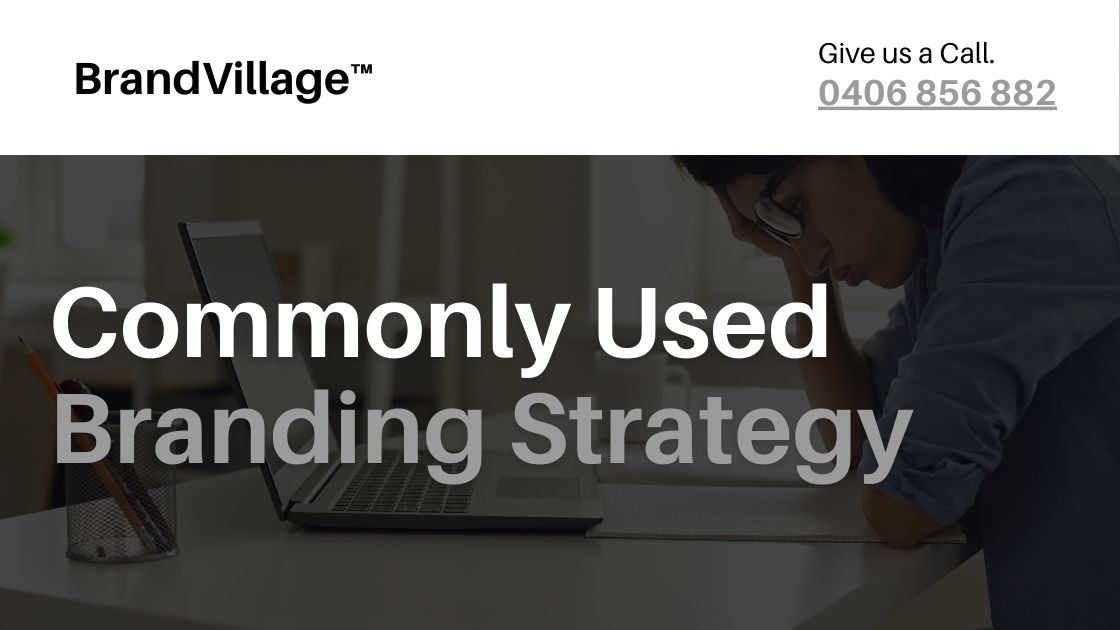How to Make a Website? – 7 Easy Steps

Published: June 26, 2024
According to research by Forbes, around 78% of small businesses in the UK own a website. Out of these, 83.5% of owners believe that websites play a major role in their business’ success.
A well-designed website acts as a visual storefront for all the businesses in Melbourne. It enhances the brand’s visibility and accessibility. These elements are crucial for companies to thrive in Melbourne or Australia, areas bustling with competition and innovation.
The process of creating a website includes:
- Planning
- Design
- Development
- Maintenance
Each phase is crucial to ensuring your site meets your business goals. Partnering with a local expert like BrandVillage can be invaluable. During our web design Melbourne services, we offer professional insights and expertise in all website design projects. These ensure your website is visually appealing and effective.
In this blog below, we will be explaining to you the steps involved in the making of a website. Let’s scroll down to the details to explore!
Steps Involved in the Making of a Website
1. Planning Your Website

When planning your website, begin by pinpointing its purpose. This can be selling products, showcasing a portfolio, or disseminating information. This initial clarity shapes every decision, from design to functionality. Consider who your audience is-
What are their specific needs, and how does your website fulfill these?
Reflect on these questions as you plan:
- What exact outcomes do I want from my website?
- Who is my target audience and what are their online behaviors?
- What innovative features can I adopt from competitors to enhance user experience?
Deep dive into competitor analysis to discover what makes their websites effective. Identify features that engage users. These include interactive elements, multimedia integration, or distinctive navigation styles. This insight ensures compliance with industry standards. It also inspires unique features that can set your site apart.
2. Setting Up the Basics

Setting up the basics of your website involves:
- Choosing a domain name
- Selecting a hosting provider
Opt for a domain that is memorable, concise, and reflective of your brand. It must incorporate keywords that describe your business and are easy to spell. Register your domain through a reputable registrar.
When choosing a hosting provider, consider the options:
- Shared, VPS
- Dedicated and cloud hosting
Each offers different benefits depending on your needs. Evaluate factors like cost, support, and scalability. For instance, shared hosting is cost-effective for smaller sites. Dedicated and cloud options better suit high-traffic sites requiring more resources and scalability.
3. Design and Structure

When designing your website, start by choosing the right platform.
- WordPress offers extensive customisation
- Wix and Squarespace are user-friendly with minimal setup
- These are ideal for those with less technical expertise. Select a platform that matches your technical abilities and business requirements
Next, select a responsive template that reflects your brand’s visual identity. Customise the template by adjusting colors, fonts, and layout.
Finally, plan your site’s structure. Create a sitemap that clearly outlines your main pages—
- Home
- About Us
- Services
- Blog
- Contact—in a logical hierarchy
This improves visitors’ navigation. It also enhances your site’s SEO by making it easier for search engines to crawl and index your content. This structured approach ensures a user-friendly and search-optimised website.
4. Developing Your Website

When developing your website, tailor it to its purpose by adding essential features. For instance, depending on your needs, include a blog, online store, or portfolio. Enhancing user engagement is crucial. So integrate functionalities like contact forms and social media links.
Focus on optimising your website for search engines. Use basic SEO practices by using keywords, meta tags, and alt text for images. Opt for tools like Google Analytics and Search Console. These track your website’s performance and identify areas for improvement. This approach ensures your website is functional and reaches its potential audience.
5. Content Creation

For effective content creation, start by writing compelling copy for your website. Ensure the text is clear, engaging, and direct, utilising an active voice and maintaining short paragraphs to keep readers interested. Each page should include a strong call to action, motivating visitors to interact further with your site, whether making a purchase, signing up for a newsletter, or reaching out via a contact form.
Additionally, enhance the aesthetic appeal of your site by adding high-quality images and videos that complement your written content. If original visuals aren’t available, consider sourcing from reputable stock photo websites or investing in a professional photographer. This combination of well-crafted text and striking visuals will significantly improve the user experience and engagement on your website.
6. Testing and Launching

Before your website goes live, conduct a thorough review. Check for usability and mobile compatibility, and ensure there are no broken links. All forms and functionalities should be tested to guarantee they operate as planned.
With everything in place, devise a strategic launch plan. Announce your website’s debut through social media, send updates to your email subscribers, and consider other promotional activities to generate buzz.
7. Maintaining and Updating

Websites are not ‘set and forget’ projects. Websites require continual attention to remain effective and relevant. Consistently update your content and perform regular checks for any site issues. Implement a scheduled maintenance routine that includes updating software, plugins, and backing up your data to ensure smooth operations.
Utilise analytics tools to closely monitor how visitors interact with your website. This data is crucial for understanding user behavior and preferences, which can inform adjustments to your content and marketing strategies. By regularly analysing these insights, you can ensure that your website remains aligned with its goals and continues to perform effectively.
Conclusion
Building a robust website requires a strategic approach. It starts with clear objectives, followed by detailed planning and ongoing optimisation.
At BrandVillage, we understand that your website is an essential component of your digital strategy. Our team specialises in developing custom websites. These storefronts combine sleek design with advanced functionality. We use the latest web technologies and best practices in SEO and user experience design. This ensures your site attracts and retains your target audience. Interested in upgrading your online presence with an excellent website? Contact BrandVillage today!
Articles.

July 2024
What is a Website Hosting Service?
Did you know that 88% of web users abandon sites due to poor performance? Also,...

July 2024
What is Branding in Marketing?
Branding sets a business apart, influencing: 34.6% of shoppers to repurchase 89% buy from...

July 2024
7 Commonly Used Branding Strategy
In Melbourne’s vibrant and ever-evolving market, a strong brand is no longer an option;...